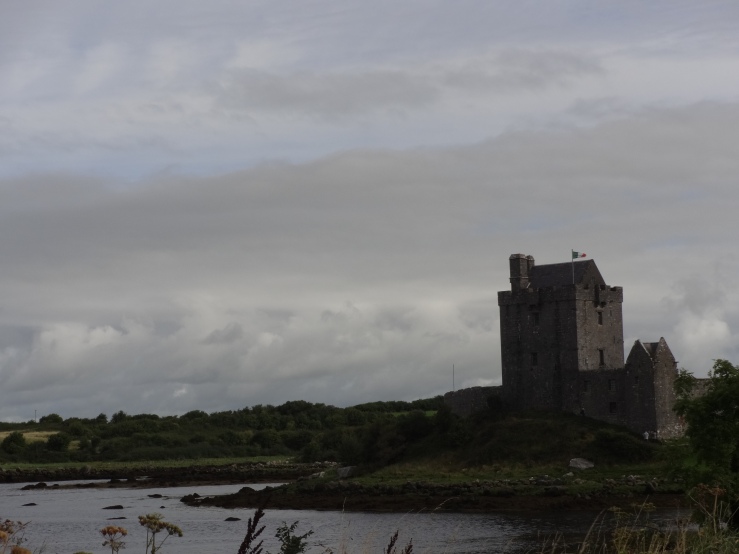
Dan Keane, standards and practices development co-ordinator of Galway Hospice, remembers the first night he worked in palliative care. After spending most of his nursing career in A and E, he was assigned by an agency to the night shift at Galway Hospice. “It felt right.”
“Did it feel like a calling?”
He laughs me off, “No, I get a lot of pleasure from the work.” Marie Gallagher, the director of nursing, also responds “Same for me. I get so much pleasure working with our team.”
It’s a classic Irish deflection. Terry Eagleton wrote on the Irish tendency toward self-deprecation: “If an American tells them that he has some Truly Wonderful Children, they will delight in informing him that their own kids are junkies and jailbirds, even if they’re research physicists…a lot of Irish speech is aimed at deflating rather than affirming. Few nations have such a keen sense of the ridiculous, not least when it comes to themselves.” Despite, or perhaps because of, this, I feel comfortable paying the folks at Galway Hospice a compliment: Whatever you want to call it, there’s no arguing with their passion for their patients.
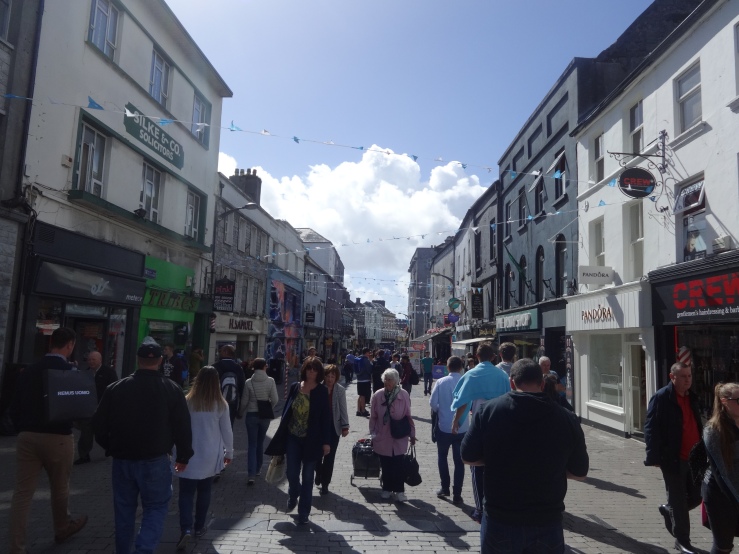
The Galway Hospice is relatively new, especially compared to the Dublin hospices I saw, St. Francis and Our Lady’s. In the 90s, a GP saw a need for a hospice in the area and set up a home care team. Like many hospices in Ireland, the inpatient facility was built on community donations. While the funding for clinical staffing always been covered by the Health Services Executive (HSE), salaries for many other staff, like the chaplains and social workers, were funded through donations. Plus, there are other things not easy to bill: “there was a patient, 30 years old, that wanted to ride in a helicopter before he died” Dan recalls. Two weeks before passing, he got his wish, even if he had to be lifted in. It isn’t always as dramatic as a helicopter. Sometimes it’s a final picnic, or a glass of wine, or to see some sight. The money from donations offers flexibility, a chance to meet the incidentals that come with the unusual medical territory.

The challenges of Galway Hospice are different than those of a city facility. They are, for now, the only inpatient hospice for the Galway, Mayo and Roscommon Counties. While their homecare team only covers County Galway, often that includes the Aran islands and Ineshbofin. They fly out on a Cessna so small that the bag and the nurse are weighed and placed to balance the plane for a safe flight. Especially given the nasty weather coming off the Atlantic, most of the care is performed by a GP and a public health nurse on the island with supplemental support over the phone. In the winter, it’s not just the islands that are blocked off. The roads aren’t as good as the ones around the cities, and with the ice and the snow, the Irish civil defense force has ended up escorting, and sometimes driving, the nursing staff to their patients.
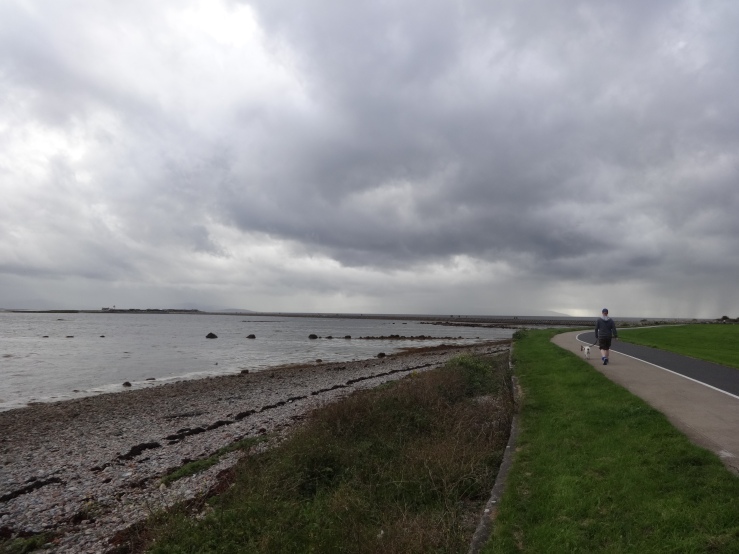
It’s not just circumstances to fight, it’s understandings. In the past, hospice has been understood as a death sentence. Partly, in the beginning, palliative treatment was generally reserved for those near death, often those who had halted acute treatment. But unlike in the US, where Medicare requires that the hospice benefit only apply to those with a prognosis of 6 months or less to live, and that they forgo “curative” treatment, in Ireland, palliative and acute care have learned to coexist . This has become more true over time, up to the point that on the day I visited, most of the inpatient residents had full resuscitation orders, something that would be unheard of twenty years ago. But the old conceptions persist, especially the further out of the cities one gets. The other challenge is in the name of the organization. Certainly “hospice” carries connotations of death, but the classic Irish language translation is “tigh na mbás,” which literally translates as house of death. Some facilities have renamed themselves as care centers or tacked on to a hospital designation to try to combat this image.
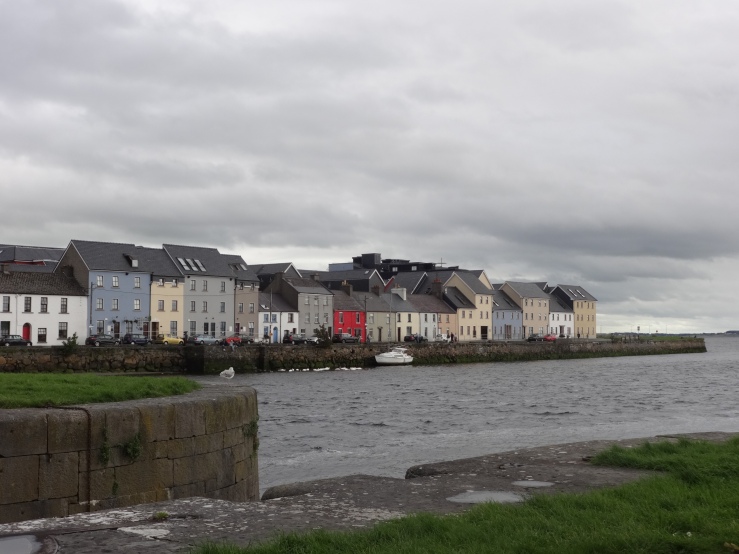
Considering the specialized teams for clinical, psychological and spiritual needs, one might assume the hospice is a divided organization. But looking more closely, I saw formal and informal interweaving of these roles. Each week, there is a multidisciplinary team (MDT) meeting for the inpatient unit, where there are formal conversations about each patient. Complex approaches are developed, based on a collective assessment of needs. Of course, throughout the week issues creep up that require attention. The team is close, and informal conversations about patients are critical.
The freedom of communication is aided by a relatively flat organizational structure. The chair of the MDT rotates each month, without regard to rank or specialty. While the realities (and they are important realities) of differing salaries persist, the hope is to create an environment where discussion is relatively free. Interestingly, the patients have internalized the classical medical hierarchy, causing them to hold back critical facts they suspect would waste the doctor’s time, only to later tell the care assistant or cleaners. An environment where everyone feels free to assess and communicate makes for better, more holistic care.
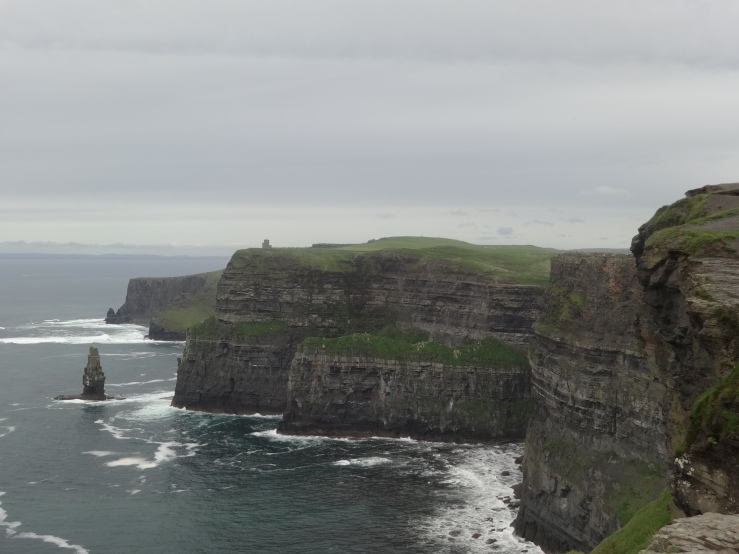
Of course, this depends on the relatively small size of the facility and the ability of donations to pay the wages of the larger team. In larger organizations, where it is impossible to know all of the staff and the bureaucratic necessity of tracking so many patients necessitates some managerial hierarchy, formal communication becomes the only available method for care.
At the same time, it’s an atmosphere where clinical staff insist that they could not do their jobs without the rest of the team, and the flat hierarchy makes “patient centered care” more than a buzzword. Maybe they don’t want to name it a calling, but I will.

Love this Jesse and so true with your observation of the “Irish deflection”….sounds just like my ‘ol Peace Corps buddy Bob who carries both an Irish and American passport…and specks Gallic! I’ll have to share this update with him! Your observation are spot on and fascinating…hope you have time for some fun too! 😉 Bev and I are winding down the garden for the season and butchering time for our meat birds (Cornish cross chickens) is coming up soon…I’ll have to forward some pics when the time comes! We drove down to Chi Town (Lisle) to be with Bev’s mom who turned 87 on Saturday! Your reports have Bev and I wondering…. Very best and thanks again for keeping me in your cool loop! ye ‘ol Mr. Sinks! PS saw our buddy David Daniel at APT a couple weeks ago…as usual he was awesome!
LikeLiked by 1 person
Absolutely fascinating! Mark and the kids all say “hello” too – loving reading your posts!!
LikeLiked by 1 person
Jesse,
I studied in Galway as an undergraduate. . . and your musings and the accompanying images are taking me back in powerful ways! The ‘some castle somewhere’ you reference is Castle Dunguaire . . . just in case you want to fine tune your sense of placeness, or finesse your rhetorical performance of being in one . . . 🙂
LikeLiked by 1 person
Hahaha, thanks for the assist! I remember visiting it early on a tour and hearing the name about five times, but by the time I sat down to write it was completely gone. And “some castle somewhere” implies a preponderance of castles. Maybe not accurate, but a certain type of scene setting?
that’s my excuse anyway
LikeLike